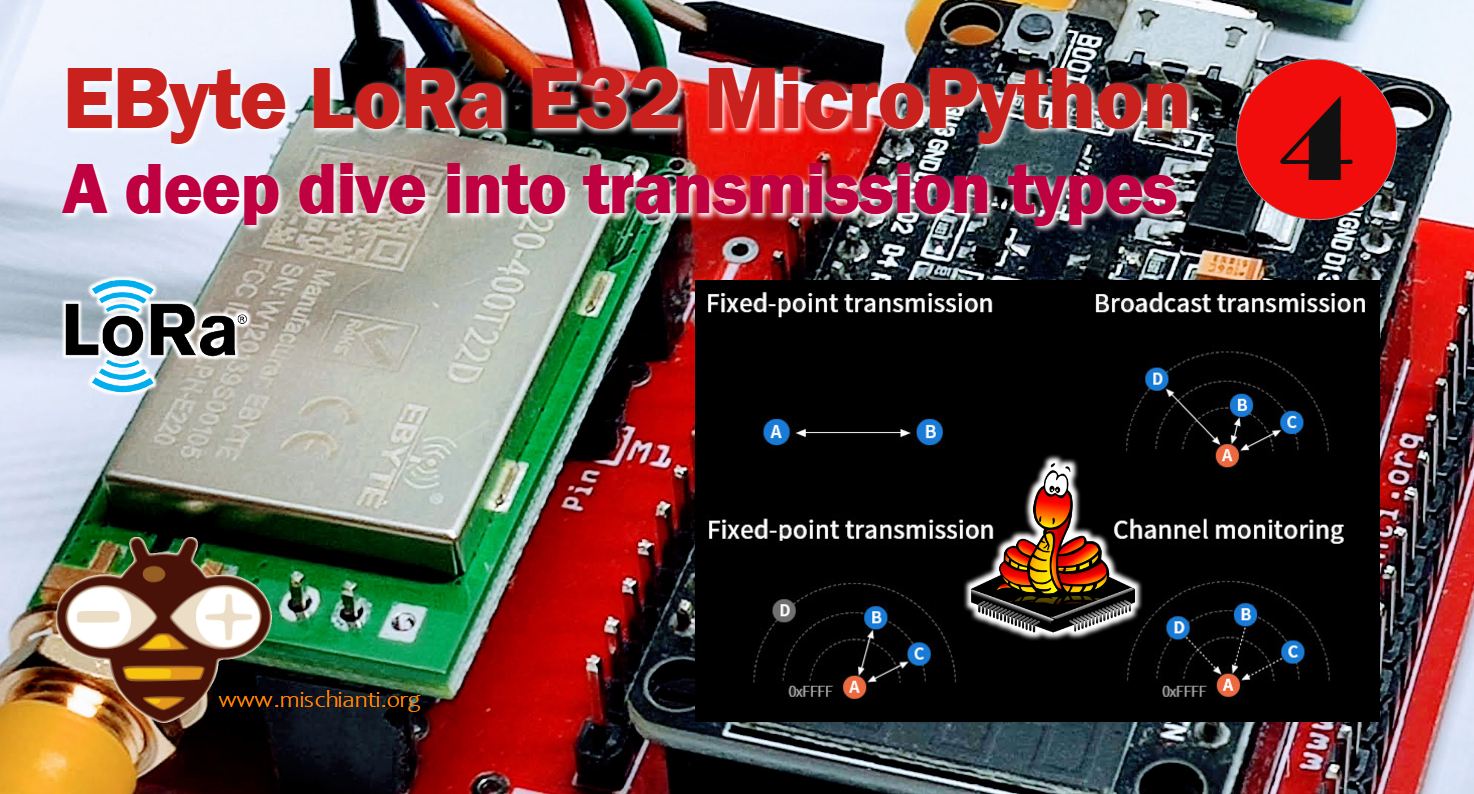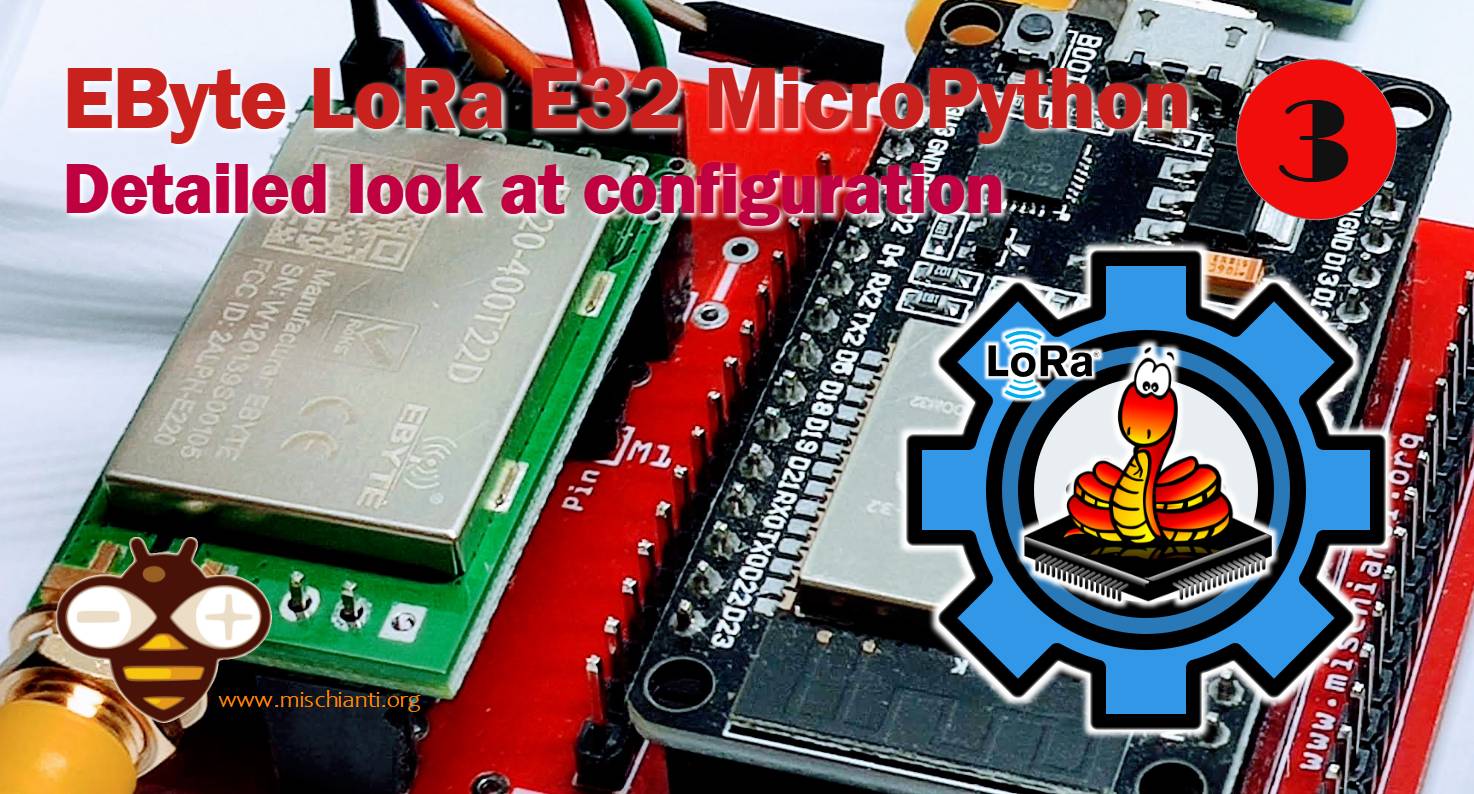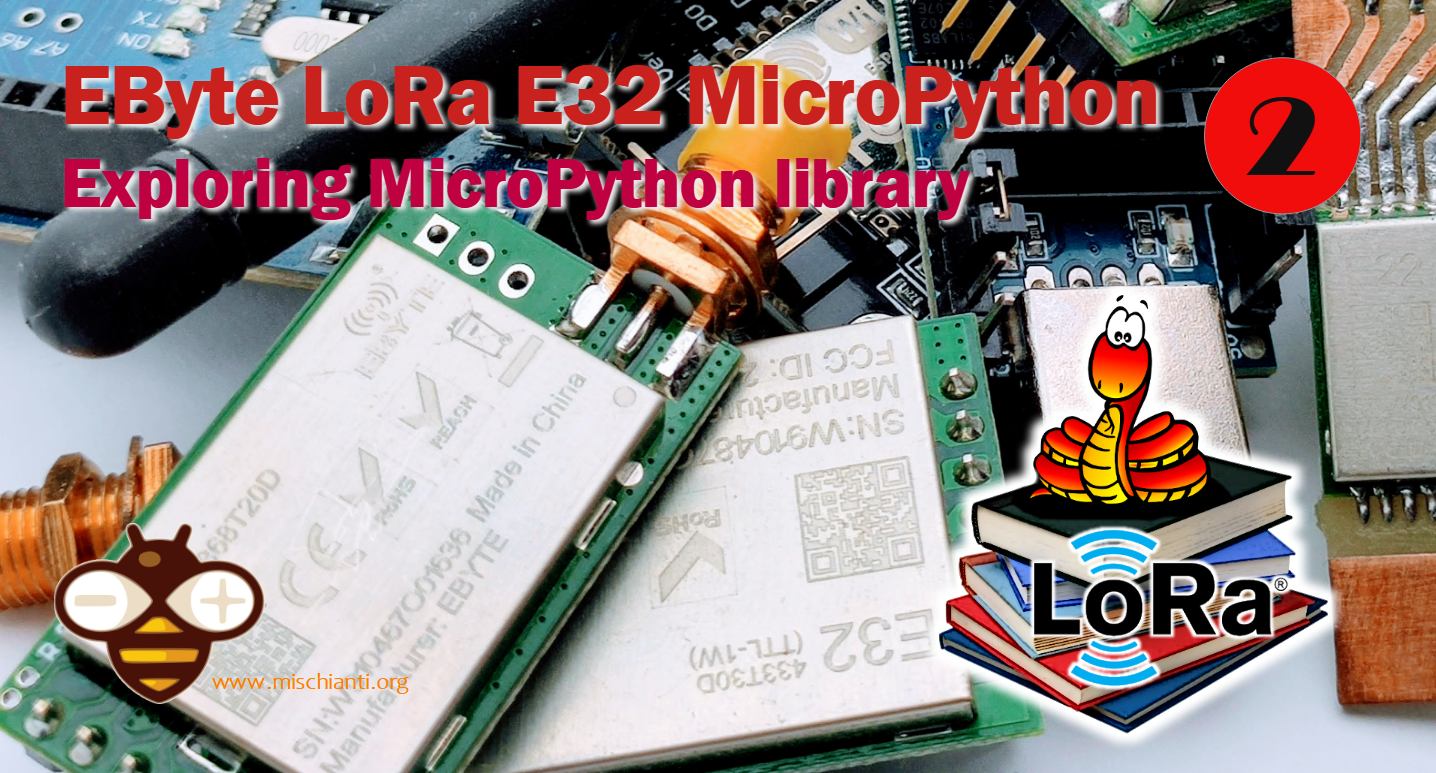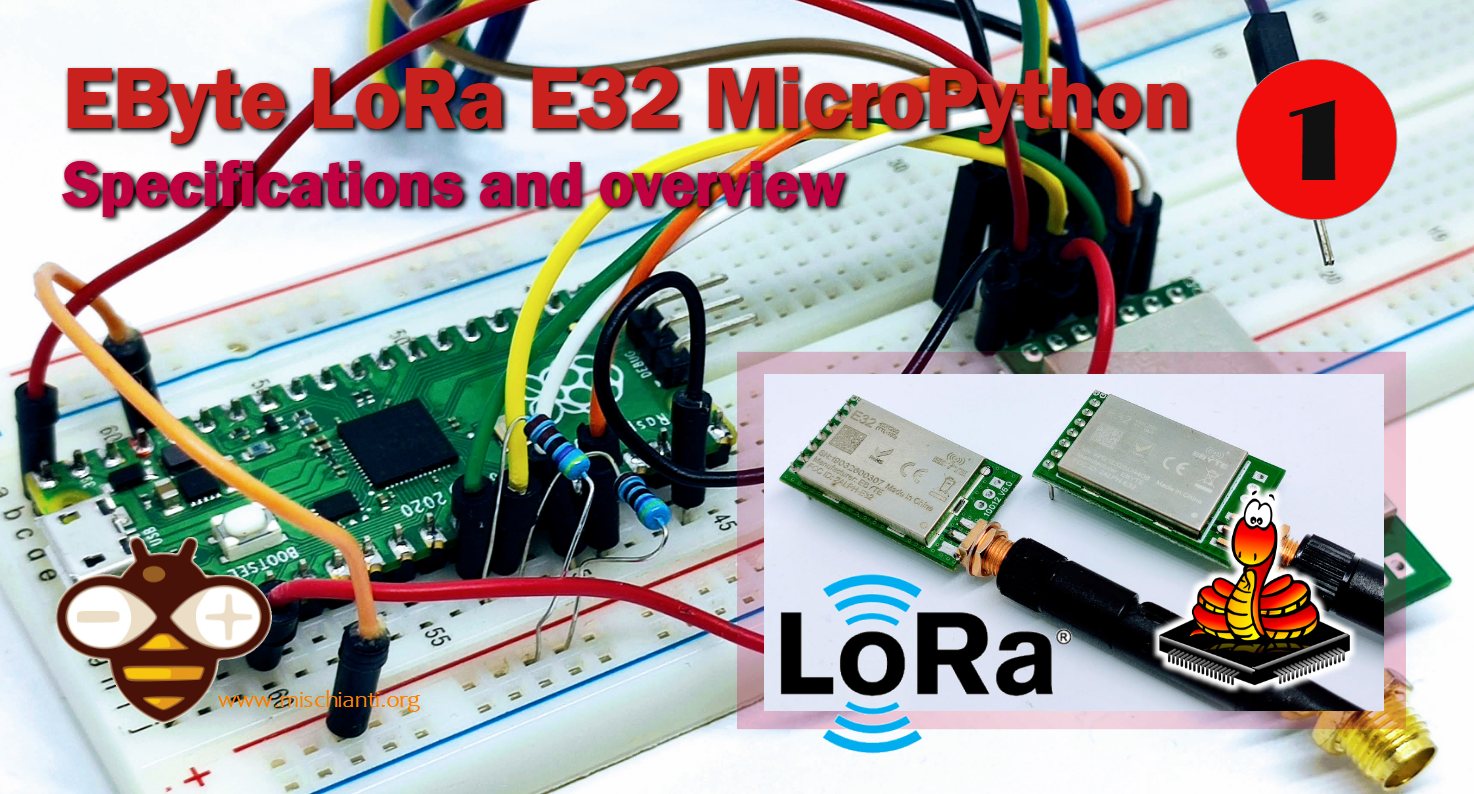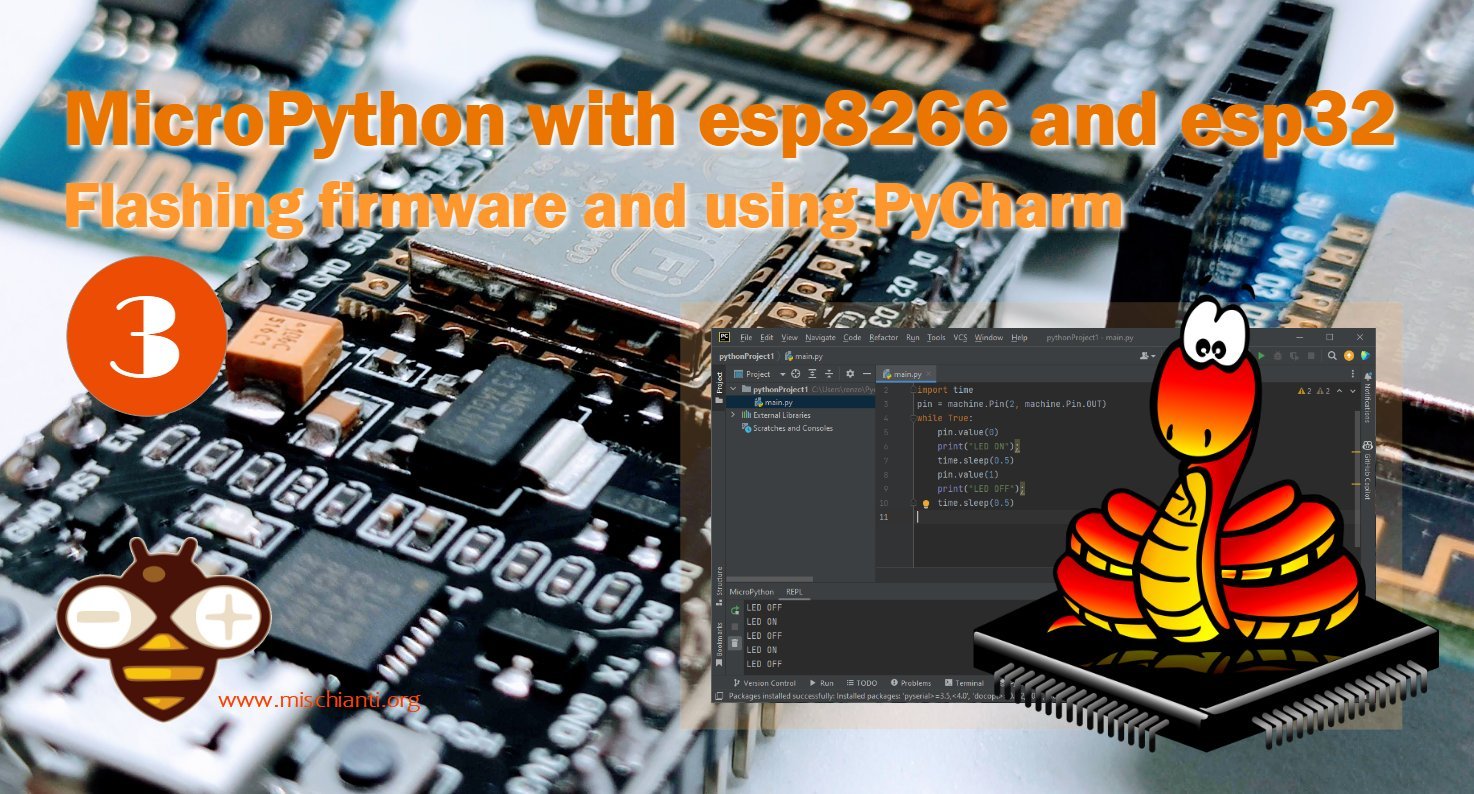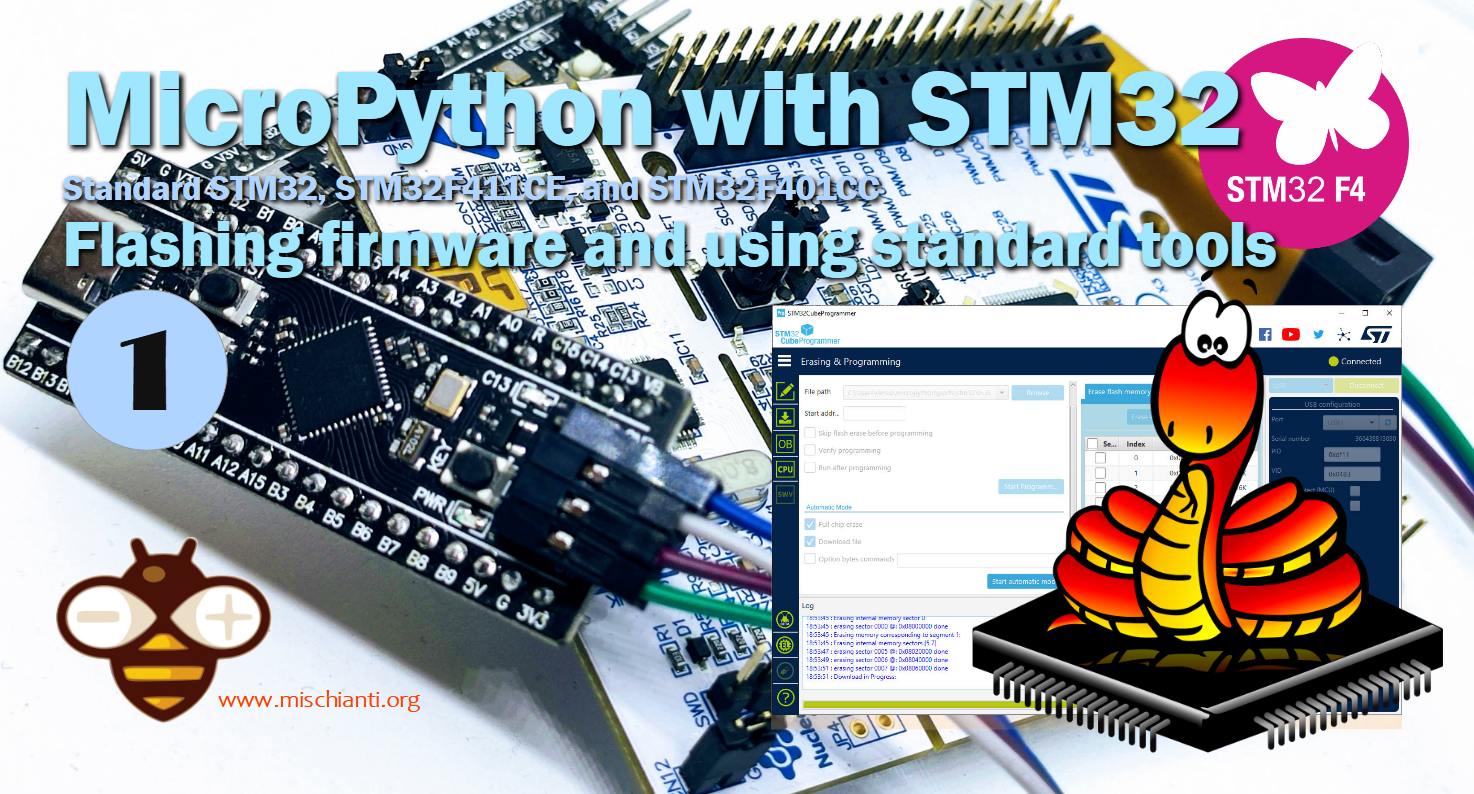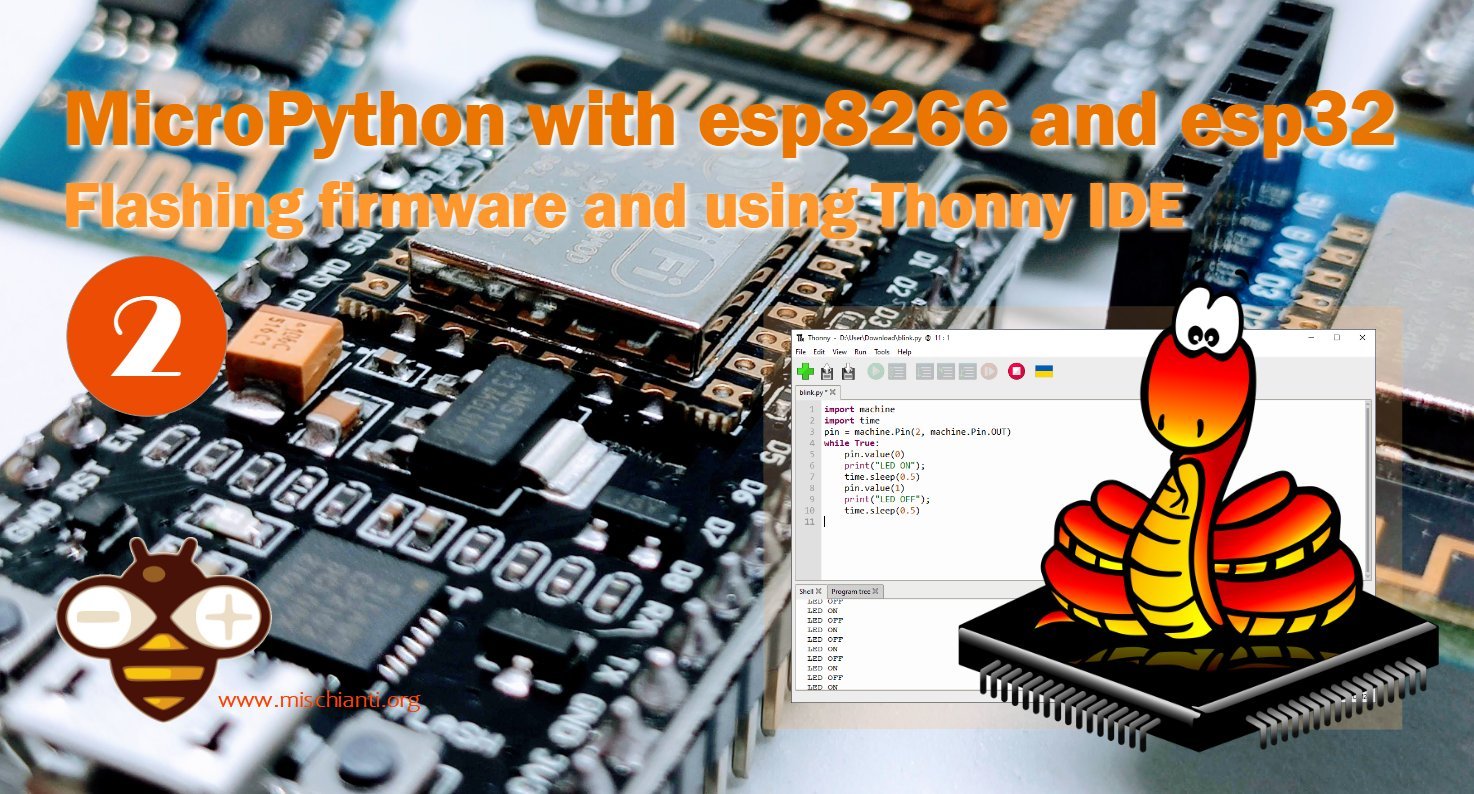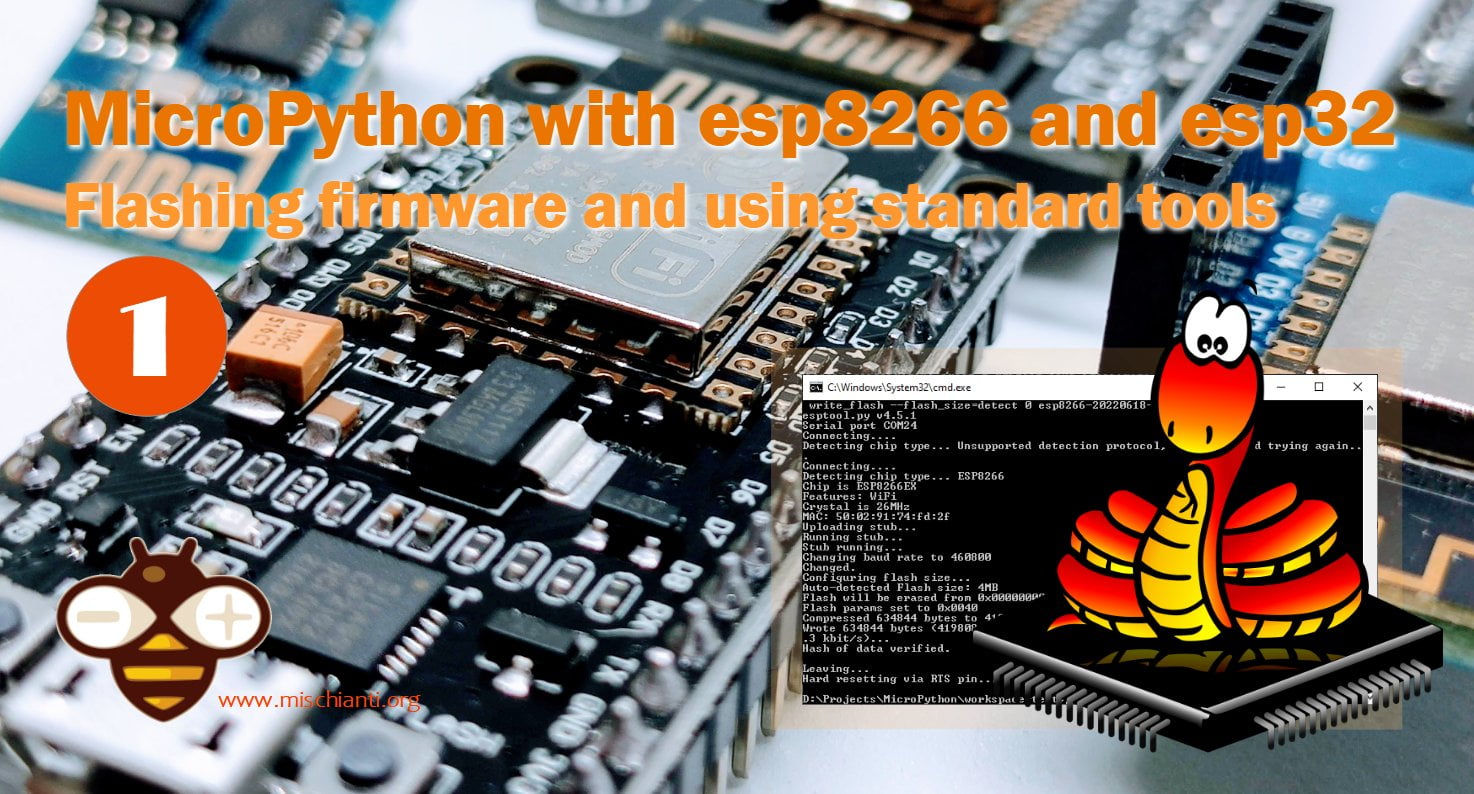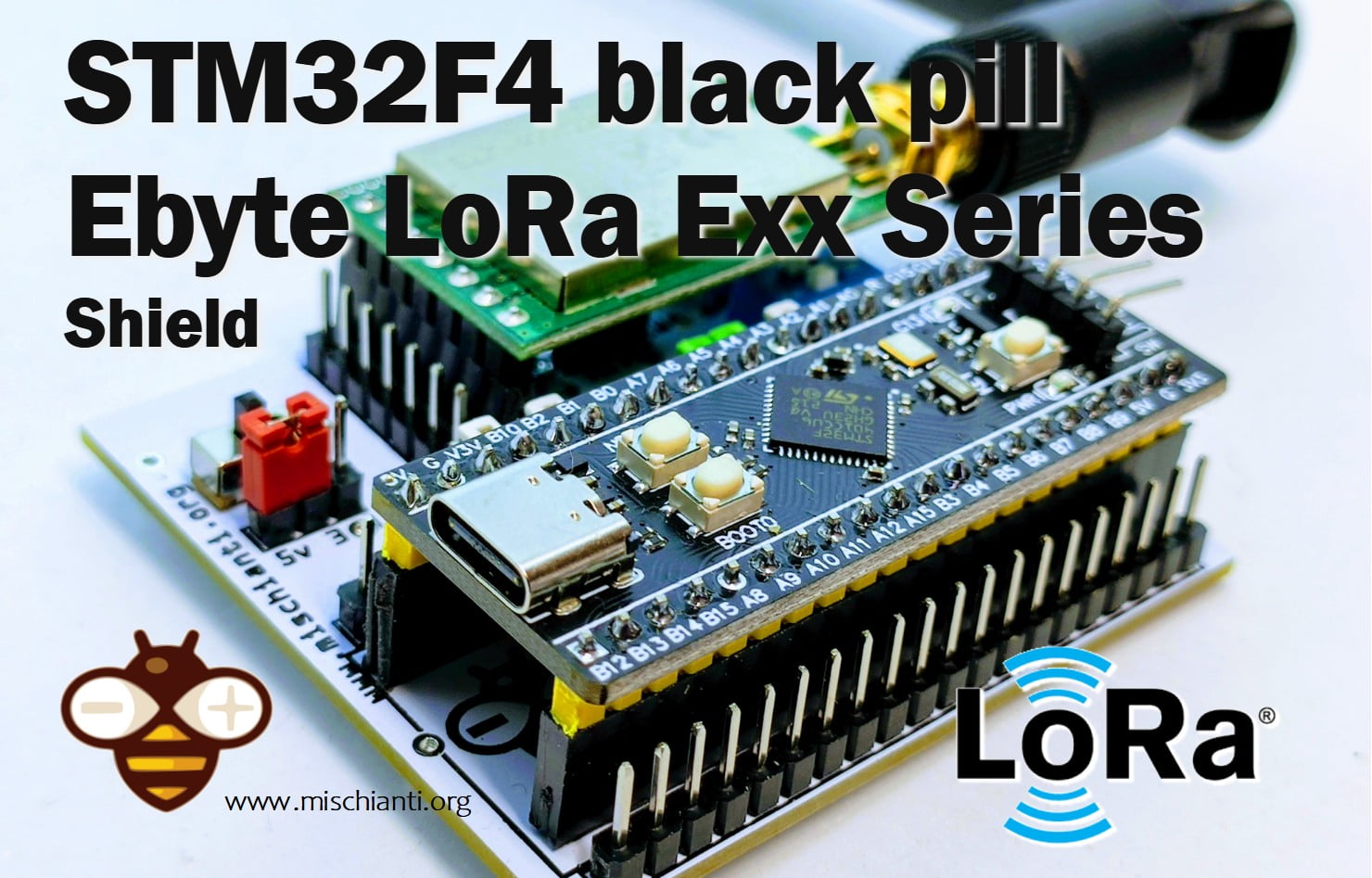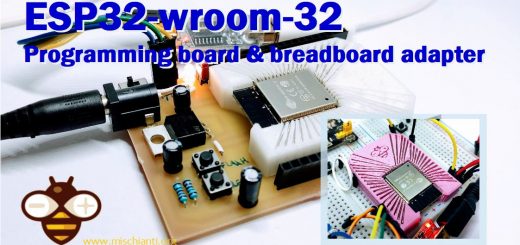EByte LoRa E32 & MicroPython: a deep dive into transmission types – 4
This article, the fourth in our series, provides an in-depth analysis of the different transmission types that can be realized with the EByte LoRa E32 module utilizing MicroPython. By understanding these transmission modalities, developers can effectively harness the power of these tools and tailor their applications to meet specific needs.

